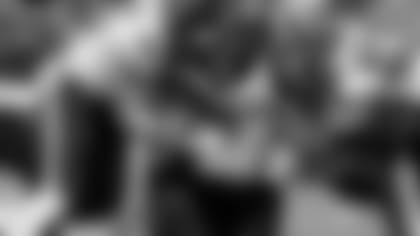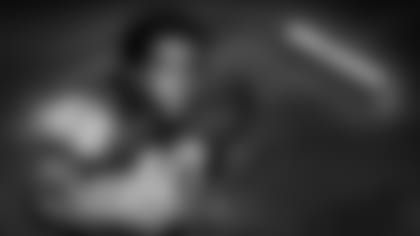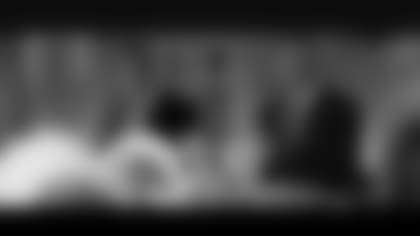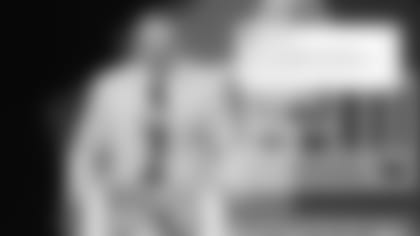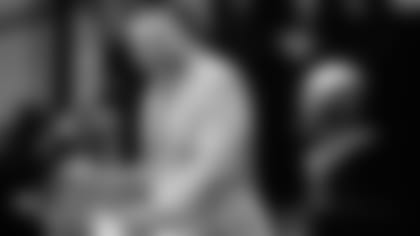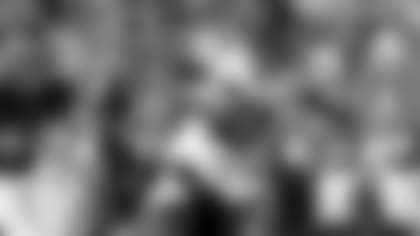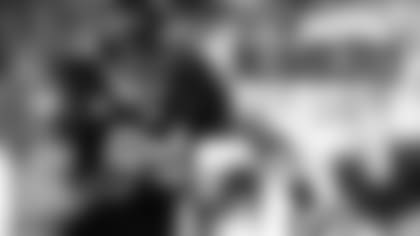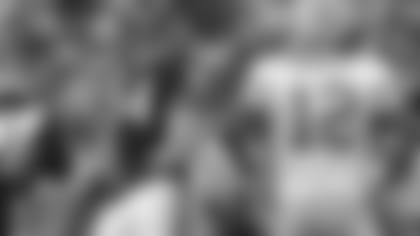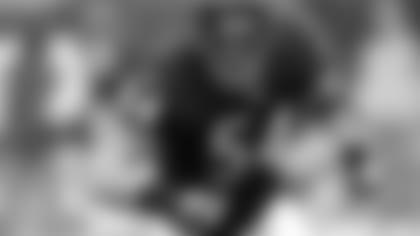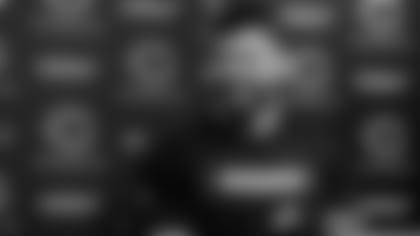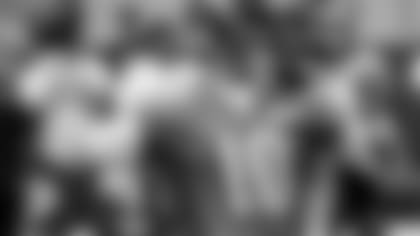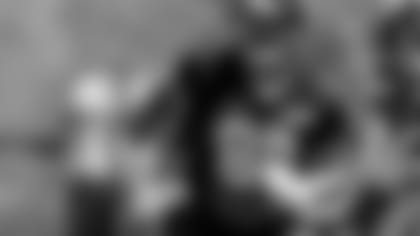On the very first drive of Sunday afternoon's game, the Rams marched 80 yards in seven plays against the Bears. Rookie running back Todd Gurley had three carries for 20 yards on that drive, scoring a touchdown less than three minutes into the game to give St. Louis an early lead. The Rams looked sharp and polished; the same couldn't be said for the Bears defense.
The game's final 57 minutes, however, were nothing like the opening three. Chicago's defense locked down following that opening touchdown, offering up their best performance of the entire season in the Bears' 37-13 victory at the Edward Jones Dome. An aggressive Bears game-plan stopped Gurley and company in their tracks, leading the Bears to their second consecutive victory.
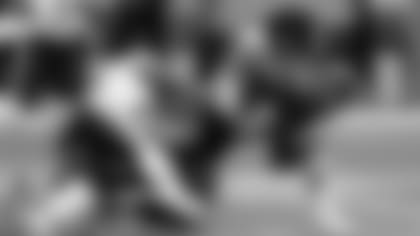
|
"The first drive we couldn't stop the run," said defensive end Jarvis Jenkins."I got cut out of my gap a couple times. They got a couple double teams. They ran right off of us. [After the first possession] we were like, 'If we're going to win this game, we've got to stop the run as an interior. So we started hitting blocks, playing square like we're supposed to, making them bounce it out and all the outside guys were making plays."
Chicago made stopping the run its top priority, keying in on Gurley to minimize the back's breakaway ability. The rookie came into Sunday averaging 5.6 yards per attempt, but versus the Bears - who regularly had eight or nine defenders in the box to cut off running lanes - he was held to 45 yards on 12 carries, a pedestrian 3.8 yards per carry. Gurley's longest run of the game was just nine yards, as Chicago took away what St. Louis does best.
Rams quarterback Nick Foles couldn't take advantage of the single-coverage he was shown on the outside. Foles averaged only 6.1 yards per pass attempt, as the Chicago defense made sure he was unable to get comfortable in the pocket. The Bears sacked Foles once, but had 10 quarterback hits, with eight different Chicago players getting their hands on the St. Louis signal caller at some point. This was all done without the team leader in sacks, outside linebacker Pernell McPhee, who missed the game because of a knee injury. He was replaced in the lineup by Willie Young, who had two tackles and an interception in the win.
Though McPhee was missing, the Bears defense was given an extra boost by the return to the lineup of inside linebacker Shea McClellin. After missing three games because of a knee injury, McClellin returned and made an immediate impact. He led the team with eight tackles, locking in on Gurley and not letting the bowling ball running back find lanes.
McClellin also had one of the game's big turning point plays, at the end of the first quarter. With St. Louis leading 10-7, the Rams began a drive on their own 16-yard line, looking to extend their advantage. On the drive's first play, a handoff to backup running back Tre Mason, McClellin wrapped up the Rams back and punched the ball loose. The linebacker then dove on the ball, outwrestling Mason for possession.
The turnover gave the Bears offense the ball in St. Louis territory and was a spark to the entire team. Robbie Gould drilled a game-tying 35-yard field goal on the ensuing drive, and then the Bears outscored the Rams 27-3 the rest of the way.
"I think any turnover helps," McClellin said. "Any time we can get a turnover I think it's going to help our composure. I think it helped out quite a bit."
With Peyton Manning and Aaron Rodgers upcoming on the schedule, the Bears defense looks ready to keep its lockdown mentality. The Rams scored on two of their first three drives on Sunday; on St. Louis final 11 possessions, the Bears defense forced five punts, and two turnovers on downs, along with McClellin's fumble, Young's interception, a field goal and the ending of the fourth quarter clock. It was a dominant performance by a unit looking to make that a regular occurrence in the second half of the season.



